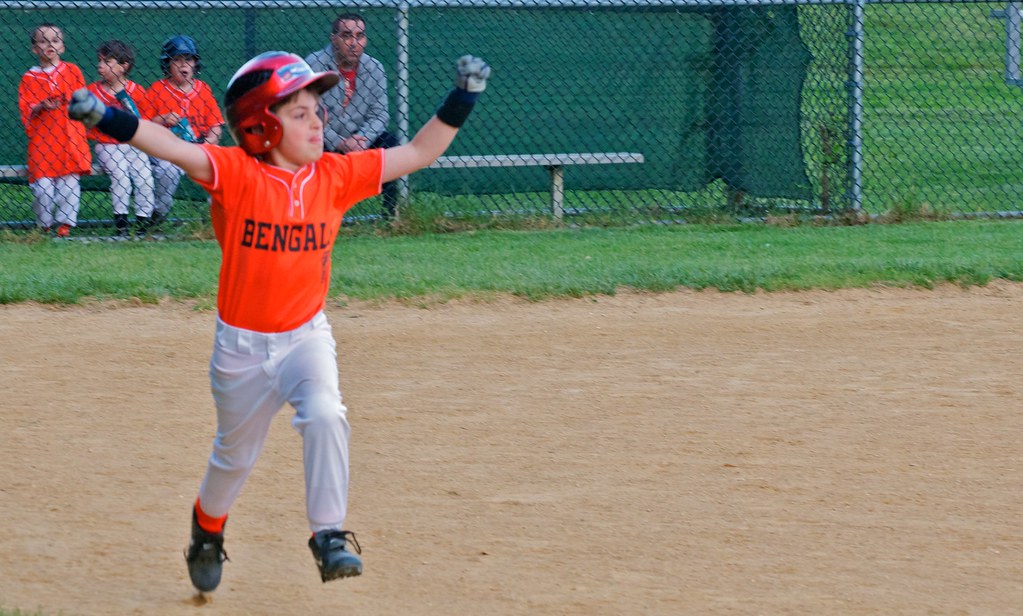A number of groups are creating free resources for teachers to use for learning with literature, non-fiction, and current events in a digital format. Many of these resources include lesson plans, assessment guides, and links to other resources for all subjects in K-12. I want to highlight five of those resources below:
1)
ReadWorks.org is a free reading and literature resource for teachers to use in grades K through 6th. Linked to Common Core standards,
ReadWorks.org offers a free sign in where teachers can filter through printable or digital texts based on grade, lexile, guided reading levels, topics, or by skill.
ReadWorks.org makes it
very easy to find an appropriate mentor text based on grade level and skill need.
Many of
ReadWorks.org's texts will come with a formative comprehension quiz that uses multiple choice and short answer test items to provide teachers with some quick comprehension data. The passages could easily be used in interventions over specific skills, or as a form of diagnostic assessment.
ReadWorks.org also provides unit lessons and ideas for longer novels and has quite a database for 5th and 6th grade organized by genre. If you have access to the books,
ReadWorks.org becomes a valuable teaching tool for small group work.
 |
| NewsELA leveled article |
2)
NewsELA is a free, non-fiction current event news site organized by grade level, reading standard, or topic. Signing up for
NewsELA is easy (a few clicks if you have
Gmail). A pro account is required for some of the advanced features of
NewsELA, like assigning articles and quizzes to students.
However, one of the things I like is that the articles can be adjusted to accommodate multiple lexile levels (see picture at right). Do you want a few small reading groups to read and discuss the same article? No problem! Have the groups customize the lexile by clicking on the appropriate lexile button next to the article.
There is also an option to take a multiple choice comprehension quiz or a short answer, open-ended writing prompt for students.

3)
TextProject.org is a non-profit website created especially for teachers to use with reading. There are lesson plans, a variety of texts, read-alouds, vocabulary, and all sorts of great materials for teaching reading. Best of all, everything on the site is provided at no cost. The site claims to be specifically designed to be used with struggling readers.
For those looking for research into best practices,
TextProject.org has a database for you, as well!
 |
| Zing texts are filtered by reading skill |
4)
Zing! is a literacy classroom management tool. Teachers can sign up, create a classroom, and add students. Students can log into the classroom with a classroom code. Once a classroom is set up, teachers can choose from a large list of free, digital texts organized by subject, topic, genre, lexile, guided reading levels, ATOS, and grade level. There are a large selection of books to choose from and a nice interface for both student and teacher.
Zing! is also compatible on the iPad, and does offer some premium (paid) features, like assigning books to specific students.
A nice feature in
Zing! is the ability for students to "turn" digital pages and take open-ended and multiple choice quizzes after reading a book. Students and teachers can also write reviews for books that anyone can reference prior to reading the book. With such a large and varied selection of books,
Zing! looks to be a great resource for reading and writing interventions. I would warn that the navigation of the site would require some direction from the teacher, especially for younger students.

5)
MackinVia is a tool similar to Zing!, in that you can assign books from a digital library based on numerous factors. Thanks to the AEA here in Iowa,
MackinVia is free to Iowa school districts. This means that teachers have access to many of the advanced features for assigning books, creating classes, and tracking assessments. I see this as a great resource for independent reading or guided reading small groups.
If you'd like some assistance planning and using any of these resources, and you are a teacher in a district I serve, please don't hesitate to email!

![{Curr}iculum + [INN]OVATION](http://1.bp.blogspot.com/-1wymldxvTsM/Vuw-WsK0XvI/AAAAAAAAAiU/HbFqrFOnyd4h1-RTAPKp_5VoCksRAl41Q/s1600-r/Currandinn%2Bheader%2B%25282%2529.jpg)


























